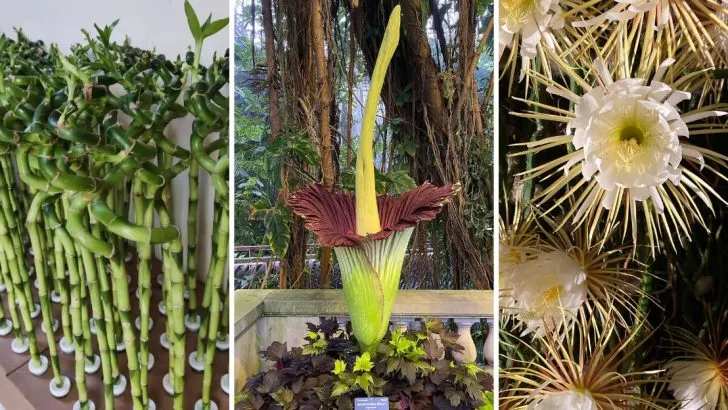In the plant world, some blooms are so rare and extraordinary that they capture the awe of anyone lucky enough to witness them.
These unique plants bloom just once in their lifetime, often after years or even decades of growth, pouring all their energy into a single spectacular display before completing their life cycle. The phenomenon, known as monocarpic flowering, is a testament to the incredible strategies nature employs to ensure survival.
In this article, we’ll explore nine plants that bloom only once in their lifetime, uncovering the science behind this rare event and the symbolism it carries. These fleeting blossoms remind us of the beauty and fragility of life, making their brief appearance all the more magical.
Agave Americana
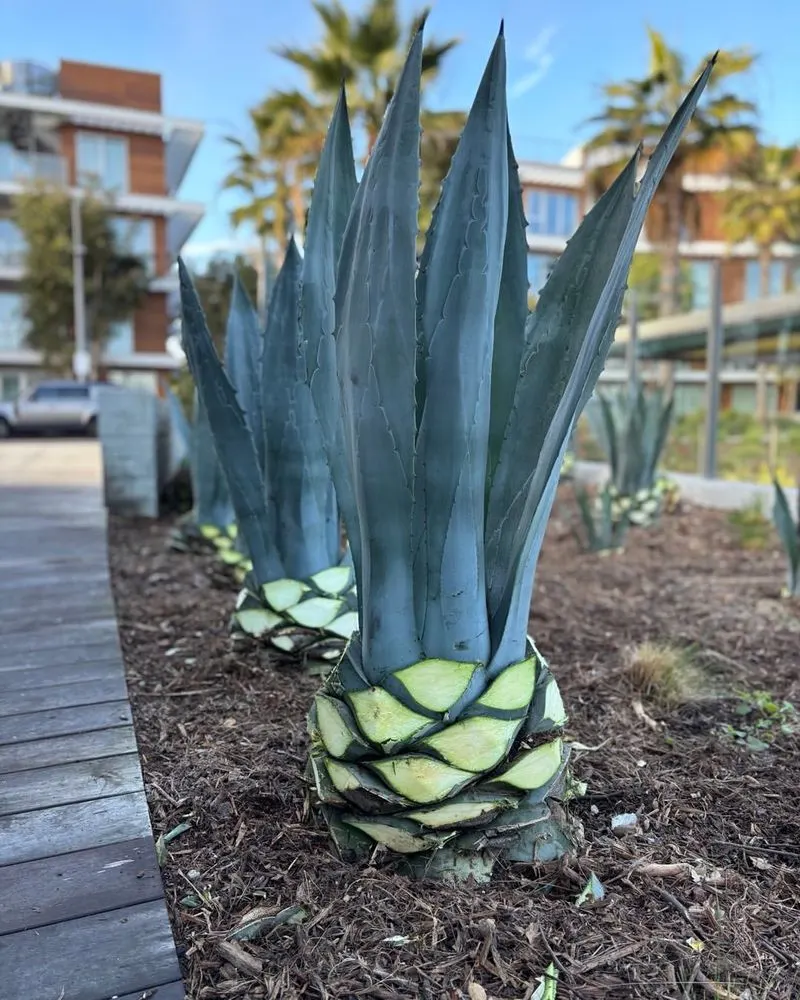
Agave Americana patiently waits for a decade or more before it reveals its magnificent blossom. This succulent, native to deserts, diverts all its energy into producing a towering flower stalk adorned with yellow blossoms. After this grand display, the plant quietly completes its life cycle.
Gardeners often cultivate Agave for its architectural form, but its once-in-a-lifetime bloom is the ultimate reward. The anticipation adds to its allure, making it a stunning statement piece in xeriscapes. Understanding its life cycle helps foster appreciation for such unique natural events.
Consider planting Agave to witness nature’s dramatic and rewarding patience.
Bamboo
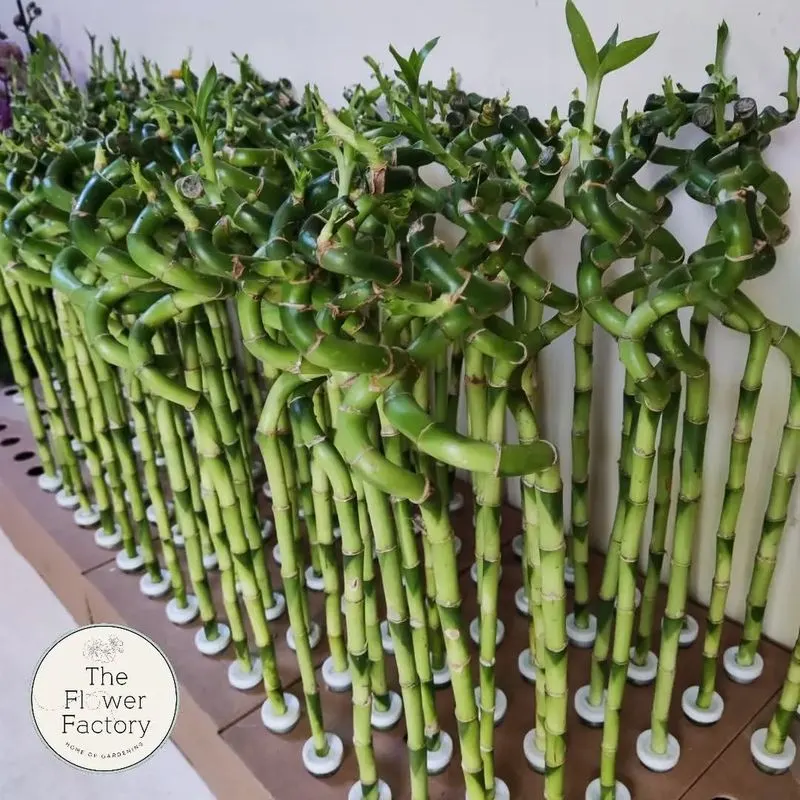
Bamboo, a plant synonymous with rapid growth, surprises with its rare flowering. Typically occurring every few decades, these events can span across continents, with entire groves blooming simultaneously. The occasional bloom is often followed by the plant’s decline, a phenomenon still perplexing botanists.
This mass flowering is an evolutionary strategy, thought to overwhelm predators with seeds. Bamboo enthusiasts value its quick growth and sustainability, but its bloom is a poignant reminder of nature’s unpredictability.
Cultivating bamboo offers aesthetic beauty and a glimpse into its mysterious life cycle, adding depth to any landscape.
Corpse Flower (Amorphophallus titanum)
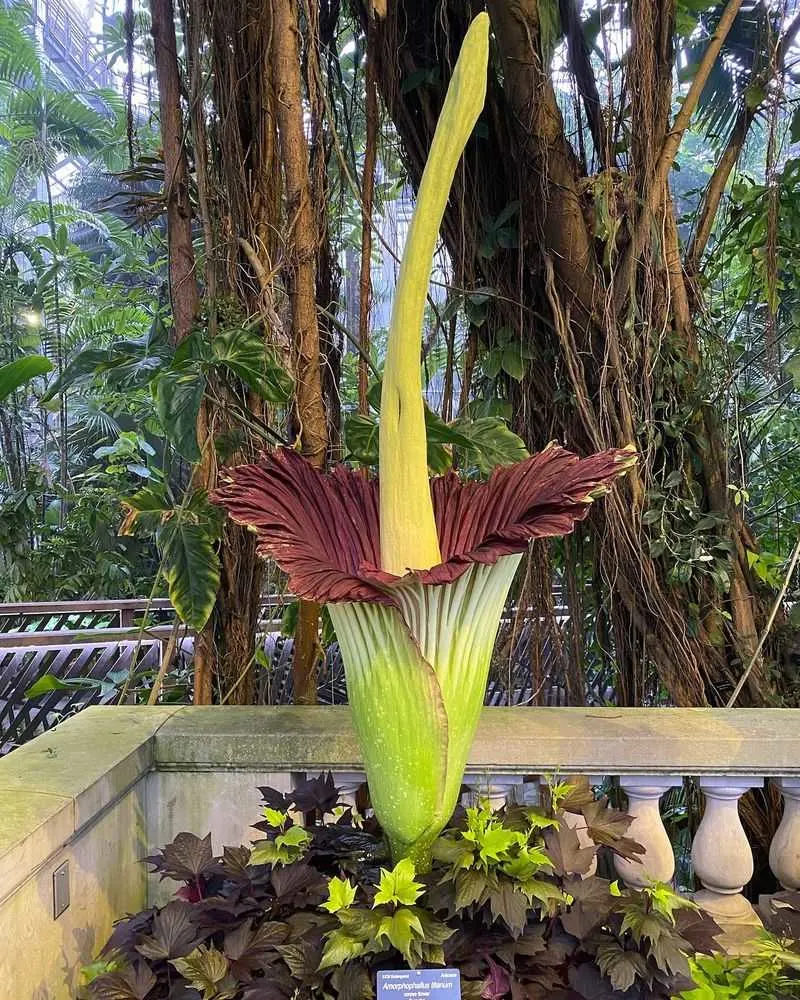
The infamous Corpse Flower is celebrated for its impressive size and pungent aroma. Daring horticulturists wait years for this botanical behemoth to bloom. Its towering inflorescence can reach up to 12 feet, releasing an odor reminiscent of rotting flesh to attract pollinators.
Despite its malodor, the bloom’s rarity and grandeur draw crowds. Found in the rainforests of Sumatra, it’s a delicate dance of patience and anticipation.
Growing one requires dedication and controlled conditions, yet witnessing its bloom offers a unique horticultural achievement and an unforgettable sensory experience.
Talipot Palm (Corypha umbraculifera)
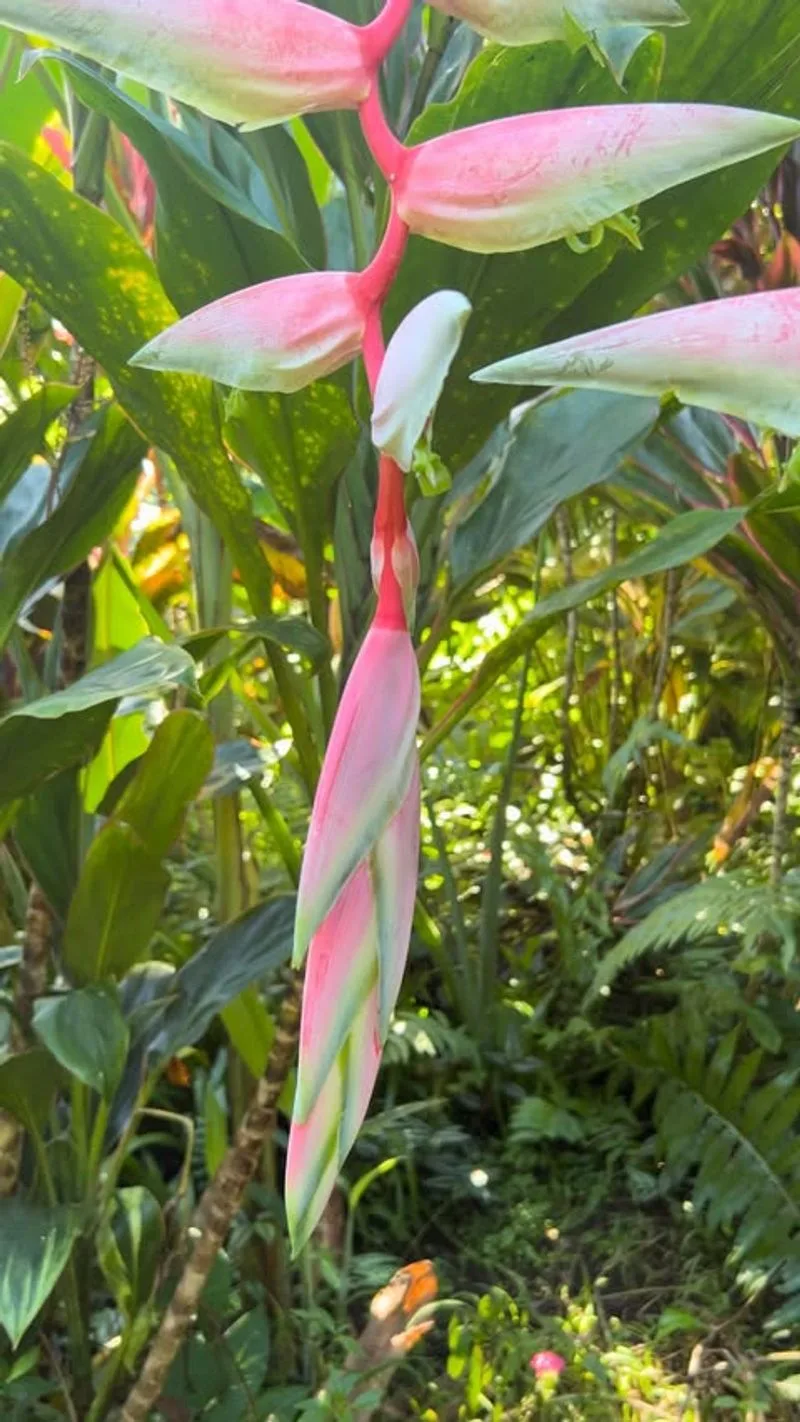
The Talipot Palm is a giant among flora, boasting the world’s largest inflorescence. This tropical marvel can take up to 80 years to flower, producing a breathtaking display of thousands of tiny blooms. Following this, the majestic palm completes its life cycle.
Native to India and Sri Lanka, this palm is not only a natural wonder but also a cultural symbol of longevity and endurance. Its infrequent flowering is an awe-inspiring event for botanists and nature lovers alike.
Planting one is a legacy project, offering future generations a glimpse into its extraordinary life.
Queen of the Andes (Puya raimondii)
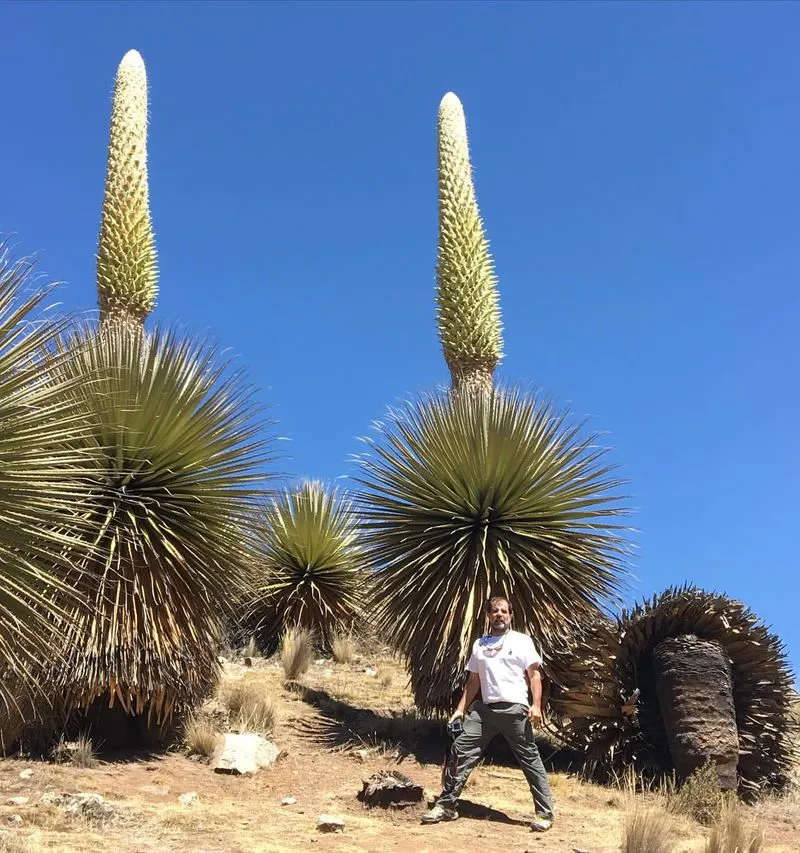
High in the Andes, the Queen of the Andes stands as a testament to nature’s extremes. Known for its monumental flower spike that can reach 30 feet, this plant blooms once between 80 to 100 years. Its dramatic landscape and growth make it a spectacle of nature.
Its majestic bloom is not just a sight to behold but a keystone event in its ecosystem, supporting diverse wildlife. Cultivating this plant requires high altitude and dedication.
Its bloom, a once-in-a-lifetime event, offers a rare glimpse into the resilience and beauty of alpine flora.
Century Plant (Agave attenuata)
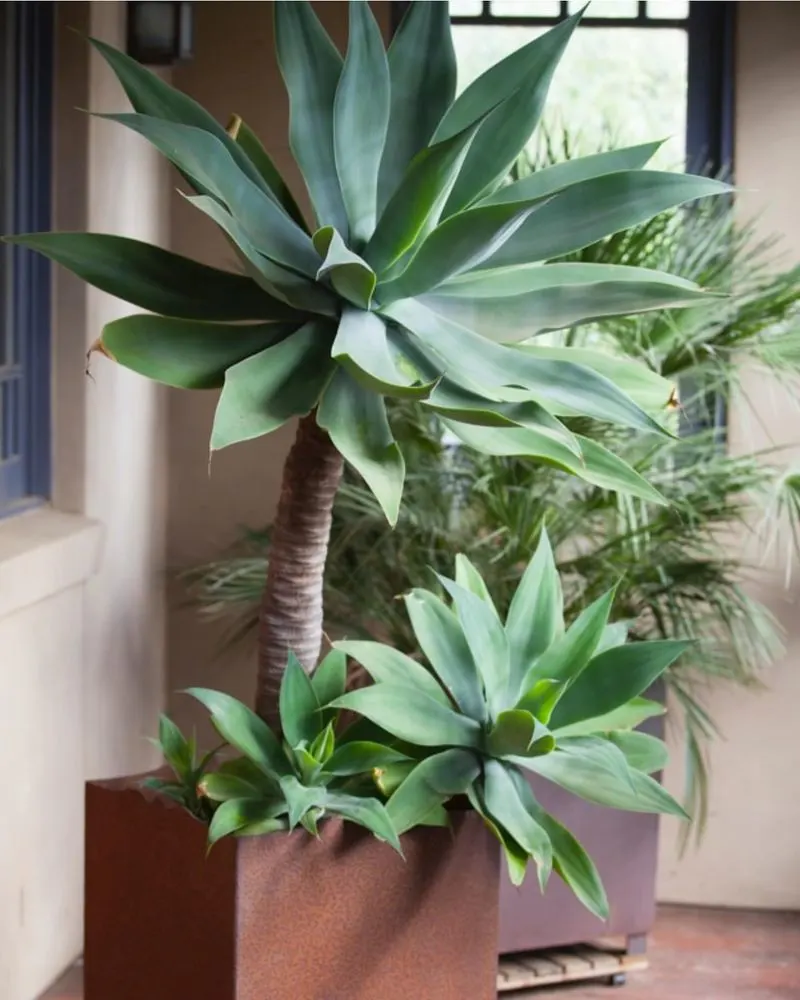
The Century Plant defies its name, blooming not after a hundred years, but usually between 10 to 30 years. Known for its dramatic stalk that shoots up to 20 feet, it offers a striking visual in any arid garden.
This agave’s life culminates in a grand floral display, after which it perishes, leaving behind offshoots for new growth. Its adaptability to harsh conditions makes it a resilient choice for drought-tolerant landscapes.
For those seeking a touch of the extraordinary, the Century Plant provides a spectacular, albeit fleeting, floral masterpiece.
Night-blooming Cereus (Selenicereus grandiflorus)
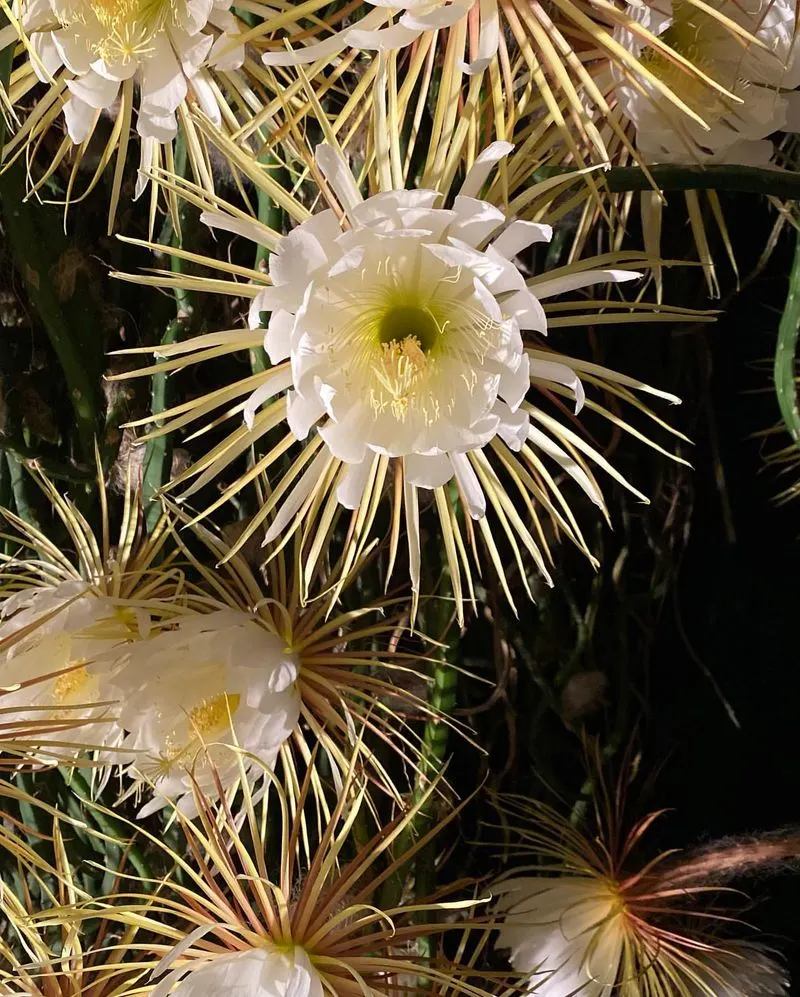
Dubbed the ‘Queen of the Night,’ this cactus produces large, fragrant blossoms that open exclusively at night—a fleeting spectacle gone by dawn. Native to desert regions, it blooms once annually, although some plants may wait years before the first display.
The night-blooming cereus enchants with its ephemeral beauty. Cultivators often plan midnight gatherings to witness this event, turning gardens into nocturnal showcases.
For those captivated by the mysterious and rare, growing this cactus offers an enchanting addition to moonlit gardens, providing an experience as unique as it is beautiful.
Karoo Lily (Brunsvigia bosmaniae)
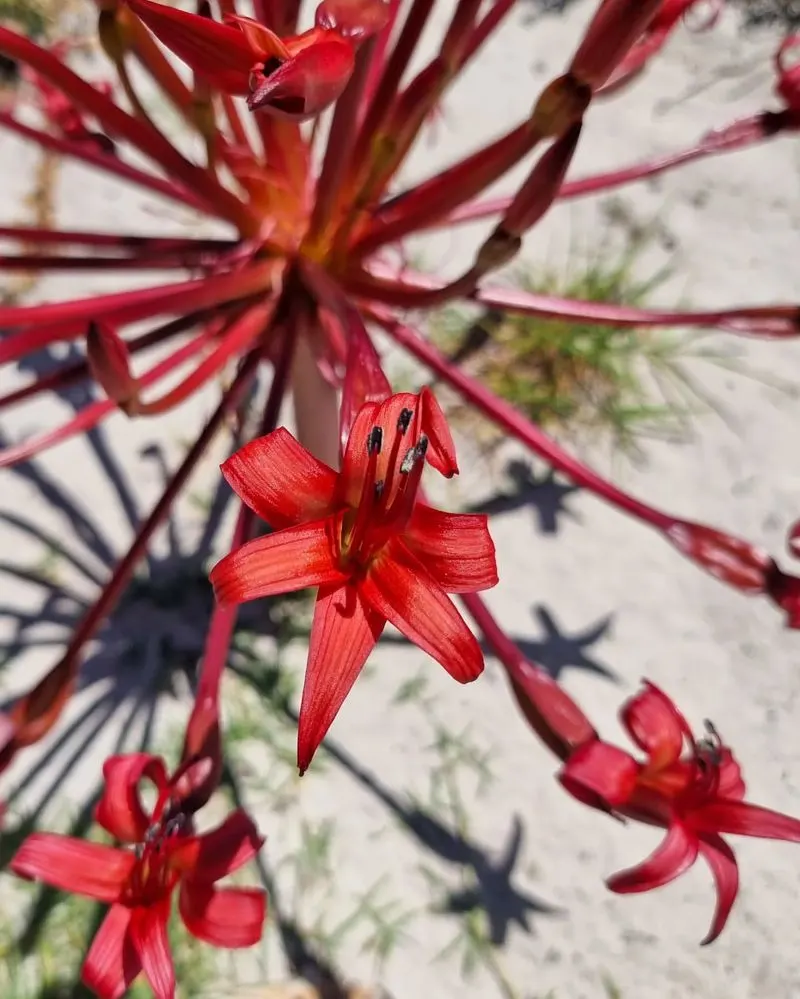
Emerging from the dry soils of South Africa, the Karoo Lily presents a striking floral display during the brief rainy season. This bulbous plant can wait several years before flowering, showcasing vibrant pink or red blossoms.
Its bloom is a synchronized event, painting the arid landscape with color and attracting pollinators in droves. Its survival strategy lies in its ability to remain dormant during harsh conditions.
Including the Karoo Lily in a garden brings a splash of exotic color and a lesson in endurance, making it a cherished plant for enthusiasts of rare and resilient flora.
Parachute Plant (Ceropegia woodii)
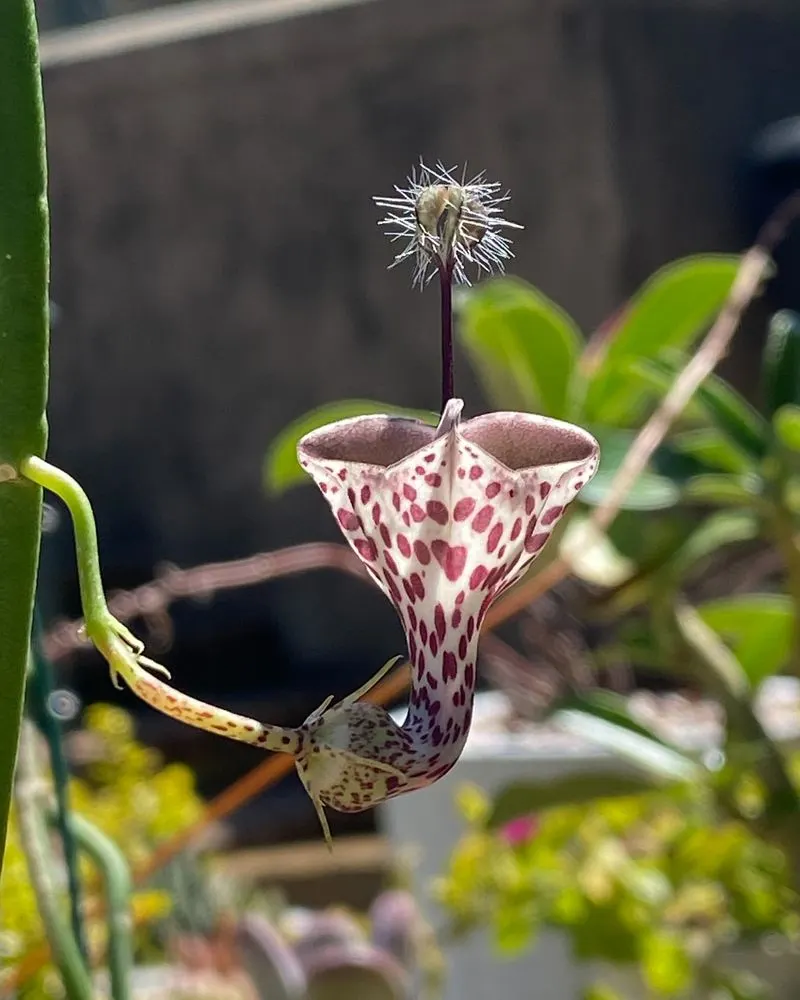
The Parachute Plant, known for its ornamental beauty, captivates with its unusual lantern-shaped flowers. Blooming infrequently, this succulent vine thrives in hanging baskets where its delicate flowers can be admired.
Native to South Africa, it prefers bright, indirect light and minimal watering, making it a perfect candidate for indoor cultivation. Its rare blooms are a delightful surprise for plant lovers.
Adding the Parachute Plant to your collection offers a touch of whimsy and a conversation starter, with its intricate flowers providing a delightful contrast to more common houseplants.

